Efficient Waste Removal in White Goods Recycling
Introduction to White Goods Recycling
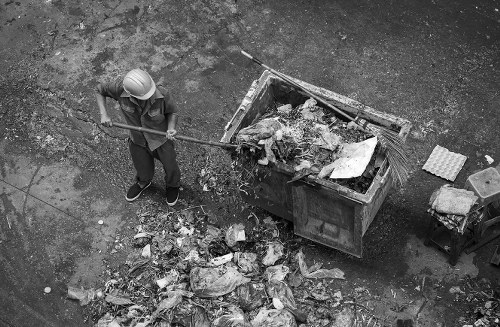
As environmental awareness grows, recycling white goods—such as refrigerators, washing machines, and dishwashers—has become increasingly important. Effective waste removal in white goods recycle not only helps reduce landfill waste but also conserves valuable resources by recovering reusable materials.
White goods are among the most common household appliances, and their proper disposal is crucial for sustainable living. Improper handling can lead to environmental pollution and health hazards due to the hazardous substances often contained within these appliances.
Understanding the process of white goods recycling can empower consumers to make informed decisions about disposing of their old appliances responsibly. This article delves into the various aspects of waste removal in white goods recycle, highlighting the importance, methods, and benefits associated with it.
Why Recycling White Goods Matters
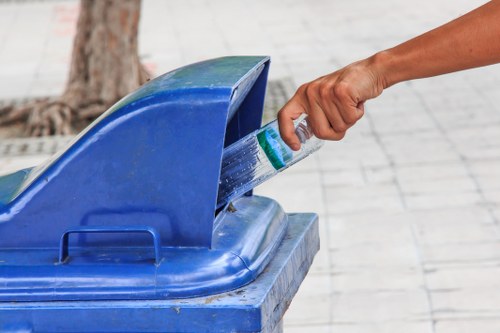
Recycling white goods plays a significant role in environmental conservation. By diverting appliances from landfills, we reduce the burden on waste management systems and mitigate the release of harmful chemicals into the environment.
Moreover, recycling helps in reclaiming precious metals and other materials used in manufacturing these appliances. This not only conserves natural resources but also reduces the need for mining, which is often associated with environmental degradation.
From an economic perspective, the recycling industry creates jobs and fosters innovation in sustainable practices. By participating in or supporting recycling initiatives, individuals contribute to a circular economy that emphasizes resource efficiency and waste minimization.
Understanding the Recycling Process
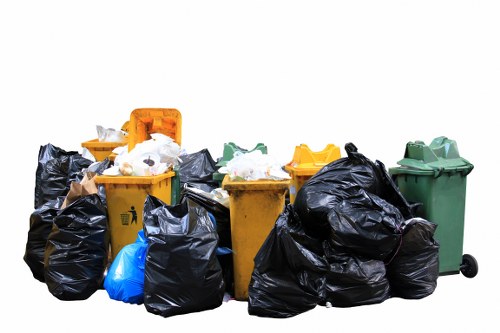
The waste removal in white goods recycle involves several steps, each crucial for ensuring that valuable materials are effectively recovered and hazardous components are safely managed.
Collection and Transportation
The first step involves collecting used white goods from consumers. This can be done through various channels, including local recycling centers, specialized pickup services, or community collection events.
Proper transportation is essential to prevent leaks and spills, particularly since white goods may contain refrigerants, oils, and other potentially harmful substances.
Disassembly and Sorting
Once the appliances reach the recycling facility, they undergo disassembly. Components such as motors, compressors, and electronic circuits are separated for further processing.
Sorting is done based on material types—metals, plastics, and glass are categorized separately to streamline the recycling process.
Material Recovery
The sorted materials are then processed to extract reusable components. Metals like steel and aluminum are melted down and repurposed, while plastics are cleaned and molded into new products.
Glass components, often used in oven doors and other parts, are also recycled to produce new glass items, reducing the need for raw material extraction.
Challenges in White Goods Recycling
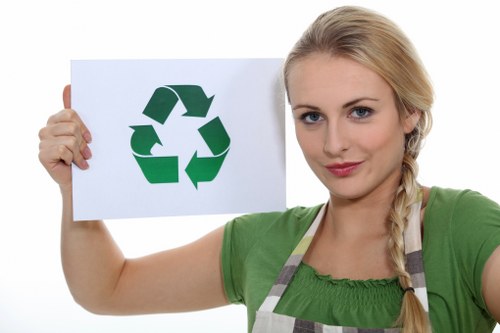
Despite its benefits, recycling white goods presents several challenges. The complexity of modern appliances, which integrate various materials and technologies, makes the disassembly and sorting process labor-intensive.
Additionally, the presence of hazardous substances like refrigerants and heavy metals necessitates strict safety protocols to prevent environmental contamination and ensure worker safety.
Another significant challenge is consumer participation. Many individuals are unaware of recycling options or are deterred by the inconvenience, leading to lower recycling rates for white goods.
Innovative Solutions and Best Practices
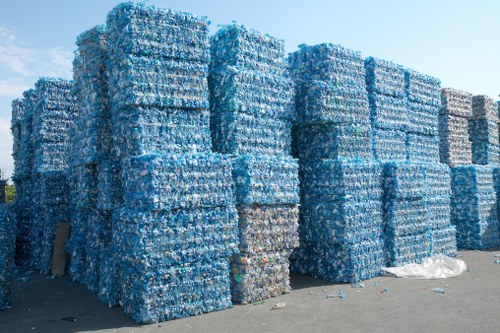
To address the challenges in white goods recycling, various innovative solutions and best practices have been developed. These initiatives aim to enhance efficiency, safety, and participation in the recycling process.
Advanced Sorting Technologies
Integrating advanced technologies like automated sorting systems and AI-powered inspection can significantly improve the accuracy and speed of material separation, reducing labor costs and minimizing errors.
Design for Recycling
Manufacturers are increasingly adopting design principles that facilitate easier disassembly and material recovery. By considering end-of-life recycling during the design phase, appliances become more sustainable and cost-effective to recycle.
Consumer Education and Incentives
Raising awareness about the importance of recycling white goods and providing incentives, such as discounts on new appliances or deposit refunds, can encourage more consumers to participate in recycling programs.
Benefits of Effective Waste Removal
Implementing effective waste removal in white goods recycle offers numerous benefits that extend beyond environmental conservation.
- Environmental Protection: Reduces pollution and conserves natural resources by recycling materials.
- Economic Advantages: Creates jobs in the recycling industry and promotes cost savings through resource recovery.
- Energy Savings: Producing materials from recycled content typically requires less energy compared to extracting and processing raw materials.
- Compliance and Reputation: Adhering to recycling regulations enhances business reputations and ensures compliance with environmental laws.
By recognizing and leveraging these benefits, both individuals and businesses can contribute significantly to a more sustainable future.
Environmental Impact
Recycling white goods helps in minimizing the environmental footprint of consumer appliances. It reduces greenhouse gas emissions associated with manufacturing new products and decreases the overall demand for raw materials.
Furthermore, by properly managing hazardous substances, recycling prevents potential soil and water contamination, safeguarding ecosystems and public health.
Economic Growth
The recycling sector is a vital component of the green economy. Investment in recycling infrastructure and technologies stimulates economic growth, fosters innovation, and creates sustainable job opportunities.
Moreover, recovered materials can be sold to manufacturers, providing a steady revenue stream and promoting a circular economy where resources are continuously reused.
How to Get Involved in White Goods Recycling
Participating in white goods recycling is straightforward and can be integrated into everyday life. Here are some actionable steps to get involved:
- Identify Eligible Appliances: Determine which white goods you own that can be recycled, ensuring they are free from operational leaks or hazardous materials.
- Find Recycling Services: Locate local recycling centers or services that accept white goods. Many municipalities offer specific programs for appliance recycling.
- Prepare for Disposal: Before recycling, disconnect and safely clean appliances. Remove any personal items and secure loose parts to prevent damage during transport.
- Schedule Pickup or Drop-off: Arrange for the appliance to be picked up by a recycling service or transport it to a designated recycling facility yourself.
- Explore Incentive Programs: Take advantage of trade-in offers or recycling incentives provided by retailers or manufacturers to make the process more rewarding.
By following these steps, individuals can contribute to effective waste removal in white goods recycle and promote a sustainable environment.
Partnering with Professionals
For those who prefer a hands-off approach, partnering with professional recycling services ensures that white goods are handled responsibly. These experts manage the entire recycling process, from collection to material recovery, adhering to industry standards and regulations.
Professional services often provide additional benefits, such as safe removal of hazardous substances and assistance with appliance disposal documentation, making the recycling process seamless and hassle-free.
Educating Others
Sharing knowledge about the importance of white goods recycling can amplify the positive impact. Encourage friends, family, and community members to participate in recycling initiatives, fostering a collective effort towards environmental sustainability.
Future of White Goods Recycling
The future of white goods recycling is promising, with advancements in technology and increasing environmental consciousness driving improvements in waste removal practices.
Technological Innovations
Emerging technologies, such as robotics and machine learning, are set to revolutionize the recycling industry. These innovations will enhance the efficiency of disassembly, sorting, and material recovery, making white goods recycling more effective and cost-efficient.
Policy and Regulation
Governments worldwide are implementing stricter regulations to promote recycling and reduce electronic waste. Policies incentivizing sustainable practices and penalizing improper disposal will likely lead to higher recycling rates and better waste management outcomes.
Consumer Trends
With rising consumer demand for sustainable products, manufacturers are prioritizing eco-friendly designs that facilitate easier recycling. This shift not only benefits the environment but also aligns with consumer values, driving greater participation in recycling programs.
Conclusion
Effective waste removal in white goods recycle is a critical component of sustainable living. By understanding the recycling process, overcoming challenges, and embracing innovative solutions, individuals and businesses can significantly contribute to environmental conservation and resource efficiency.
Engaging in white goods recycling not only benefits the planet but also supports economic growth and fosters a circular economy. Whether through personal actions or professional partnerships, everyone has a role to play in enhancing waste removal practices.
Take Action Today
Don't wait to make a difference. Contact us today to learn more about how you can participate in white goods recycling and contribute to a greener future. Book your service now and take the first step towards responsible waste management.